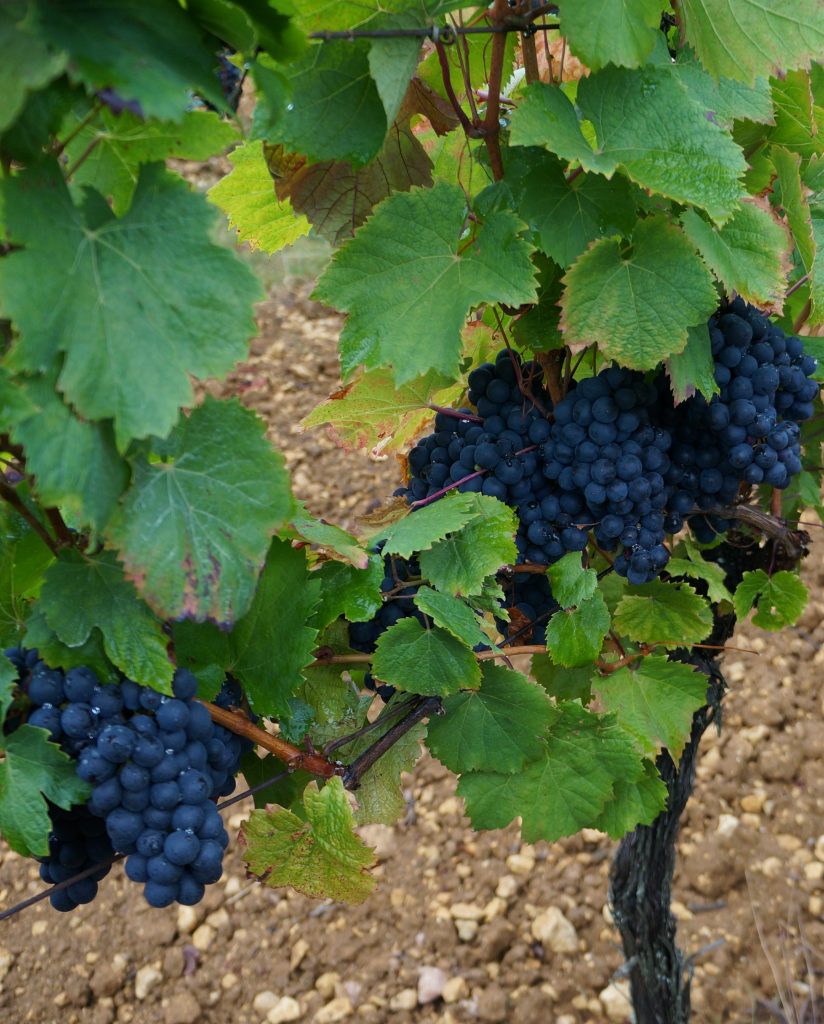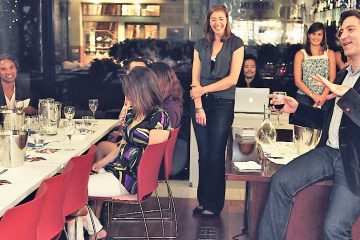Palate Savvy/Sud de France Instagram Live Wine Basic Seminars: Cahors!

Cahors was one of the first French wine regions – other than Bordeaux, Burgundy, or Champagne – that I came to know by name. If memory serves, my acquaintance came courtesy of Kermit Lynch in the late 1980s. I had heard of Cahors and was fascinated by the moniker some gave it: Black Wine. For a long time, I thought that “black” was a reference to the dark color typical of Malbec-based wines, echoing a certain mysterious power. I later learned that the term’s origins were not doing Cahors a favor, with the so-called black wine referred to grape must that had been boiled down into a sort of sweet sludge, which was then reconstituted in water, alcohol, or maybe especially thin wine. More gentle folks might have simply let the grapes raisinate a bit, perhaps air dried (though the region gets damp not so long after harvest), or baked in ovens. Given the glories of Veneto’s dried grape wine Amarone, that practice might not have been a bad thing at all. Alas, few, if any, Cahors producers are recorded in history to have brought that sort of attention to their black wine. (There is at least one excellent producer doing so today: Jean-Luc Baldès of Clos Triguedina, who makes a wine he dubs “The New Black Wine” by drying grapes in a prune dehydrator. It’s truly delicious). In any case, the wine in question, Clos la Coutale, was distinctly more ruby in color rather than black (current releases still are), and not at all the brooding vintage I had expected. But, it was a terrific bistro wine offered for a very fair price, and, while I eventually experienced other Cahors that grabbed my attention more, Coutale is always among the value wines I’m happy to turn when occasion calls.
Cahors is an unexpectedly pretty place. The town itself, founded by the Romans, is charmingly bourgeois, but not annoyingly so, with several monuments to its heyday during the late medieval, early Renaissance period. Pilgrims traveling from northern France, the Low Countries, or Germany to the shrine of Santiago de Compestela (St Jacques de Compestelle) in Spain, often passed through Cahors, and the town enjoyed a certain prosperity. And, local winemakers, who had a good market for whatever they concocted – black or otherwise) were happy, too. In what is possibly a local legend, one of the more important Avignon Popes, Jean XXII hailed from Cahors and he supposedly demanded that Malbec, called Auxerrois or Cot, be planted near his papal residence so he could easily enjoy the type of wine he preferred.

Cahors vineyards, which cover about 4400 hectares (nearly 11,000 acres) are planted largely around the serpentine contours of the Lot River that cut, millions of years ago, through a limestone plateau that was the remains of a receded seabed. Vineyards start from near the river, on mixed alluvial soils that gradually becomes more calcareous as they progress up three naturally formed terraces, eventually leading up steep hillsides – or coteaux – again of diverse soils types, then, finally, the Causse, or plateau. In terms of quality, it isn’t fair to generalize which zone or terrace is the sweet spot, though the richer soils near the river tend to yield grapes with less complexity. Some of my favorite producers occupy the second and third terraces, but again, there are plenty of others higher up that warrant attention.
Tomorrow (Friday, April 10), I’ll be giving a live, brief, Cahors wine basics seminar on Sud de France’s Instagram page. I’ll quickly cover some of its history, it terroirs, its challenges, and where things are going today. There’s a lot to talk about when it comes to Cahors, but I’ll keep this presentation short and sweet. Again, please go to Suddefranceny on Instagram to watch live at 1pm EST, or enjoy the story for 24 hours after that. Please join me.


